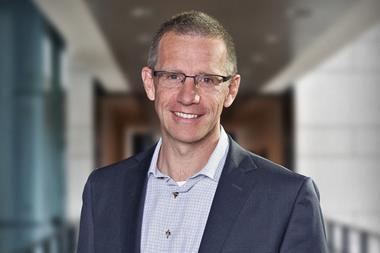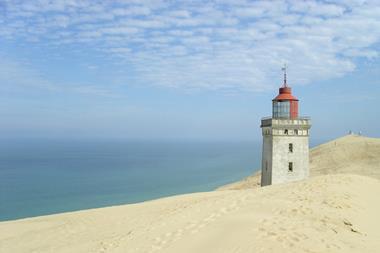Lønmodtagernes Dyrtidsfond (LD) has completed a major overhaul of its equities investments in its main pension product with the aim of making it easier to guard against risks that could make large dents in the portfolio’s value.
The DKK42.8bn (€5.7bn) Danish closed pension provider has slashed exposure to the Danish market to 8% from 25% in LD Vælger, its main balanced fund that accounts for 90% of LD’s assets.
Other key elements of the new approach are a more detailed categorisation of equity mandates for index investments and alpha-generating strategies, and the addition of a separate tactical asset allocation (TAA) overlay.
Kristoffer Fabricius Birch, LD’s head of equities who masterminded the revamp, told IPE: “We definitely need to be more adaptable and have firmer risk management, because our overall goal is to minimise the downside risk and have a stable return on assets.”
Birch, who joined LD on 1 November last year, said one of his first tasks was to take a fresh view of the equity portfolio to see if anything could be done to reduce risk.
“What I found is that historically our risk was very much country-focused on Danish equities, [which] are very concentrated in the handful of biggest companies,” he said, adding that this was the biggest risk in the equity portfolio.
The fund manages cost-of-living allowances granted to workers back in the 1970s and receives no current contributions. As such, its members are over 60 on average and entitled to withdraw all their money with very short notice.
More volatile markets in the past few years and heightened geopolitical uncertainty have made it harder for institutional investors to achieve stable returns, Birch said.
“Our first line of defence is the asset allocation between equities and fixed income, and on the equities side we can improve the risk management and optimise that going forward,” he said.
Lessons from Novo Nordisk
Last year the steep fall in the share price of Danish multinational pharmaceutical company Novo Nordisk – when the stock lost 45% of its value in Danish kroner terms by November – threw concentration risk into sharp relief, he said.
“Last year our equity portfolio underperformed by 4.3 percentage points, and 2.8 points of this could have come from Danish equities,” Birch said. Roughly half of that domestic underperformance was due solely to the Novo Nordisk share price collapse.
“We’ve earned a lot over the year from Novo Nordisk shares, but if we’d had tighter risk management we might have been able to catch these risks,” he said.
“That really hurt our performance last year, so what we’ve decided to do is the freshen up the equity allocation by dividing it clearly between a strategic and tactical part. We have increased the risk management in the strategic part. Reducing the exposure to individual names in the portfolio by shrinking the Danish equities exposure was one of the main things we did.”
New-look portfolio
The second part of the new strategy was to slice the portfolio differently, Birch said.
Prior to the revamp – which LD finished at the beginning of this month – the portfolio was divided between four external active managers: one for emerging equities, another for Danish equities, one for global equities, and one for environmental equities. Alongside these active mandates, LD also had an index manager for global equities.
LD has now created four risk buckets:
- Pure beta, containing indexed equities with no tracking error risk but no potential outperformance;
- ‘Beta plus’, comprising factor investments (currently enhanced index) with relatively low tracking error and potential for small outperformance;
- Core alpha, with higher tracking error and higher outperformance potential;
- Special alpha, containing off-benchmark bets and themes with high tracking error and high outperformance potential.
“We have categorised our existing managers so that they each belong in one of the buckets,” Birch said.
For example, Danish equities are categorised as special alpha, while the global developed markets manager is in the core alpha bucket.
“Now they are each scaled in such a way that no bucket will hurt performance if that specific type of risk doesn’t perform well that year,” Birch said.
Based on analysis, LD has weighted the portfolio so that the most risky slice – special alpha – has the smallest weighting in allocation terms. Those with the least tracking error and the most stable securities have the biggest weighting.
“At least once a year, we will re-balance our equity portfolio,” he said.
Tactical tweaks
While this takes care of the strategic side of equities for LD, Birch said other changes have been made to the tactical side.
Whereas tactical allocation was previously done by overweighting a certain mandate, it will now be done through a TAA overlay portfolio with derivatives, allowing swift changes to overall equities exposure based on LD’s view of changing risks in the market environment.
The overhaul has not been aimed at insourcing more investment operations, Birch emphasised.
“We have actually increased our corporation with colleagues in the pension business in Denmark and taken in more managers,” he said, adding that strategic planning and TAA have always been done in-house.












No comments yet